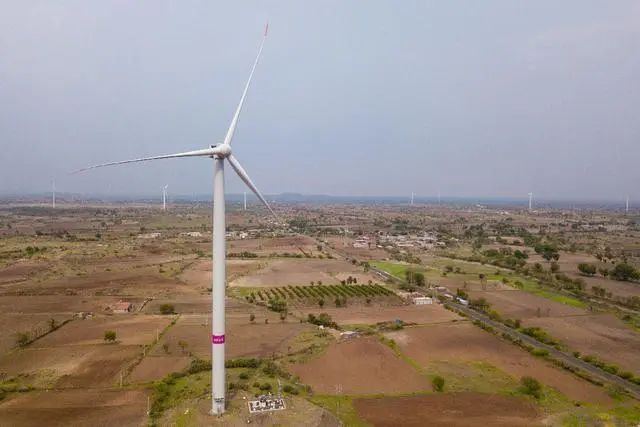By 2020, Germany achieved a remarkable milestone: renewable energy sources supplied approximately half of the nation’s total electricity demand. This feat was driven by significant investments in solar photovoltaic (PV) systems, onshore and offshore wind farms, biomass power plants, and geothermal projects. For instance, solar energy accounts for a substantial portion of Germany’s renewable portfolio, with millions of solar panels installed on rooftops and in utility - scale parks across the country. Wind power, too, plays a crucial role, with offshore wind farms in the North and Baltic Seas contributing increasingly to the grid as technology improves and costs decline.
Germany’s leadership in renewables is not merely a technological achievement but also a testament to its comprehensive energy policy, known as the Energiewende (energy transition). This policy framework prioritizes decarbonization, energy efficiency, and decentralized energy production, encouraging citizen participation and private-sector innovation. As a result, the country has not only reduced its reliance on fossil fuels and nuclear energy but has also fostered a thriving renewable energy industry that exports technology and expertise worldwide. With ongoing investments in green hydrogen, smart grids, and energy storage solutions, Germany is poised to deepen its commitment to renewables, aiming to achieve even higher shares of clean energy in the coming decades and solidify its position as a global leader in the fight against climate change.










